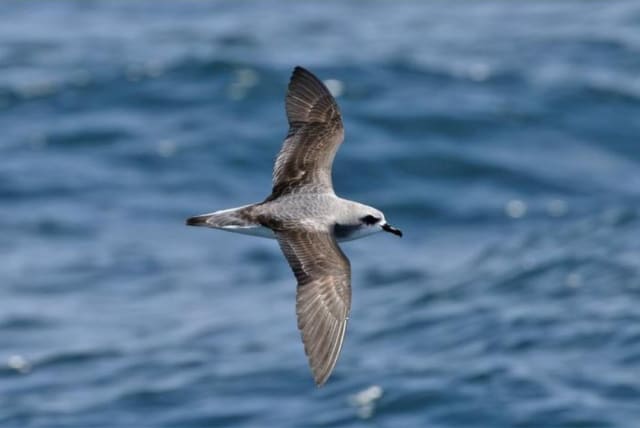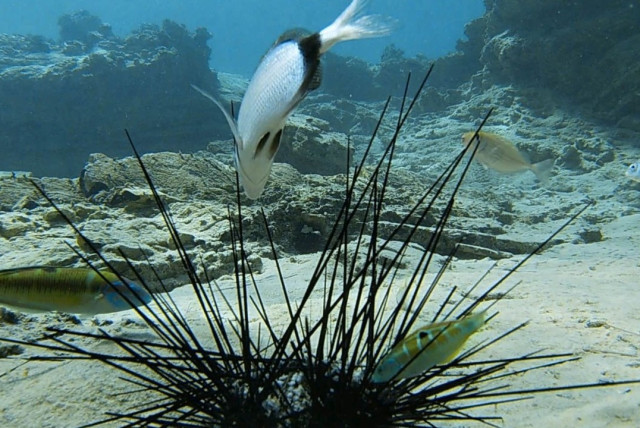Levels of microplastics in the Mediterranean a threat to wildlife

A sea of plastic, the Mediterranean is the area of the world most at risk for endangered seabirds.
The way things are proceeding, the Mediterranean Sea will have to be called the “Microplastic Sea.”
A study just published in Nature Communications reveals the Mediterranean is the area of the world most at risk for endangered seabirds due to exposure to plastic waste – and that is not good news for the fish that swim in it or the people who live around it.
More than 200 researchers worldwide who took part in the research – coordinated by Dr. Maria Dias of the University of Lisbon’s Center for Ecology, Evolution and Environmental Changes – analyzed data from 77 species and more than 7,000 individual seabirds as well as 1.7 million positions recorded through remote tracking devices.
Seabirds are one of the most endangered groups globally, with around a third of species classified as vulnerable, endangered or critically endangered on the International Union for Conservation of Nature’s red list.
Birds' exposure to plastic
The research team, who published their findings under the title “Global assessment of marine plastic exposure risk for oceanic birds,” also used maps of plastic concentration at a global level. Researchers were thus able to identify the areas where birds are most exposed to plastic waste and which species and populations are most affected.
“The data allow us to conclude that the risk is not uniformly distributed, as a result of the accumulation of plastic in areas where ocean current and tides favor it,” Dias stated. “Seabirds are also distributed in an uneven and highly variable way throughout their annual cycle, as most of them are migratory species capable of flying over thousands of kilometers of sea. “When both regions overlap – a high concentration of birds and of plastic – the risk is much greater.”
The scientists also reported that species already at risk of extinction (due to the introduction of alien invasive species on the islands where they breed) are also most exposed to plastic. So, “if the plastic problem continues to worsen, the already fragile state of these species could get even worse,” she warned.
Many seabird species are sensitive to plastic pollution; they frequently ingest microplastics that can have lethal and sublethal impacts caused by chemical contamination and physical damage or blockages. Numerous factors affect the amount of plastic accumulated by different species including foraging behavior, at-sea distribution and gut structure, the team wrote.
“Among seabirds, albatrosses and petrels can contain particularly high loads of plastic ingested directly or within their prey. Many species rarely regurgitate indigestible items, except when feeding their chicks. Petrels are particularly sensitive because they retain plastic for long periods due to their gut morphology, and small species like storm-petrels and gadfly petrels can suffer greater physical damage or higher metabolic costs from ingesting plastic relative to larger species. Petrels are a diverse group of 123 wide-ranging species that inhabit all the world’s oceans, making them good sentinels for ocean health.”
The results can now be interpreted and used as a tool for the management and conservation of the marine environment by countries worldwide. But this does not make the task any easier. “Most species are at a higher risk of finding plastic in waters away from their breeding jurisdiction and in international waters. This means that international cooperation is essential to solve this problem, imposing dialogue between various actors and increasing the complexity of responses,” she said.
Although the risk of exposure to microplastics is highest in the Mediterranean, other risky places are the Black Sea, the northeast and northwest Pacific Ocean, the south Atlantic and southwest Indian Oceans.
Efforts to reduce the amount of plastic waste in the ocean should not focus only on areas of high exposure risk; improved international cooperation and collaboration are needed to address this global threat, they concluded.
The Environment and Climate Change portal is produced in cooperation with the Goldman Sonnenfeldt School of Sustainability and Climate Change at Ben-Gurion University of the Negev. The Jerusalem Post maintains all editorial decisions related to the content.
Jerusalem Post Store
`; document.getElementById("linkPremium").innerHTML = cont; var divWithLink = document.getElementById("premium-link"); if (divWithLink !== null && divWithLink !== 'undefined') { divWithLink.style.border = "solid 1px #cb0f3e"; divWithLink.style.textAlign = "center"; divWithLink.style.marginBottom = "15px"; divWithLink.style.marginTop = "15px"; divWithLink.style.width = "100%"; divWithLink.style.backgroundColor = "#122952"; divWithLink.style.color = "#ffffff"; divWithLink.style.lineHeight = "1.5"; } } (function (v, i) { });

